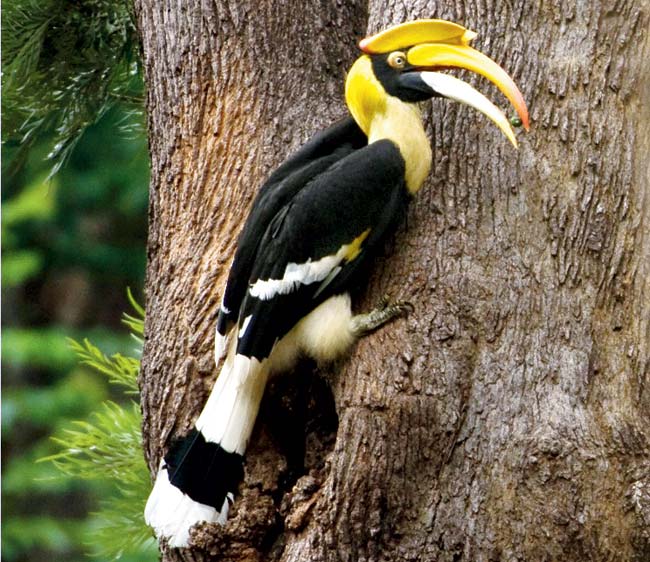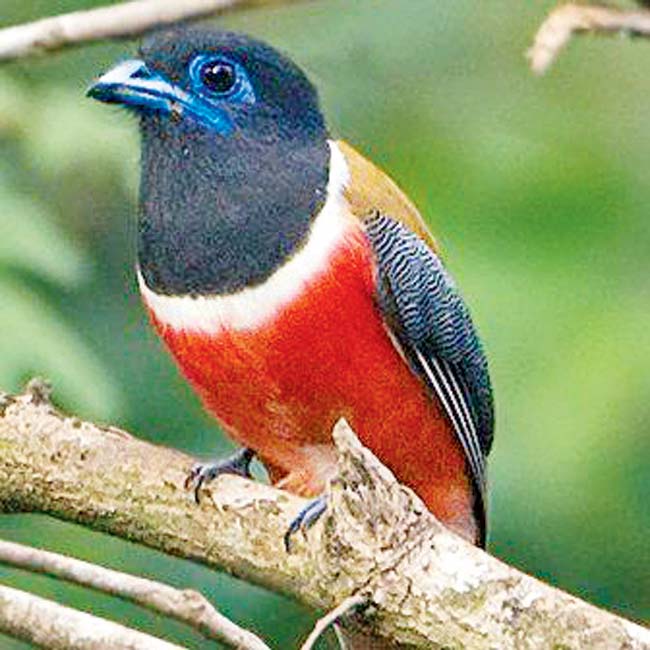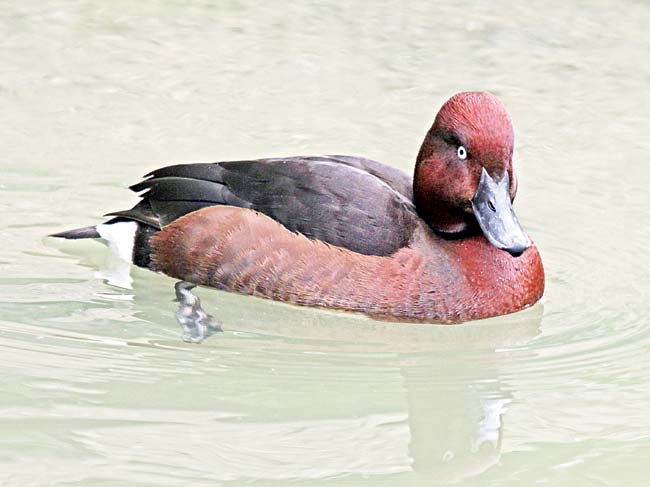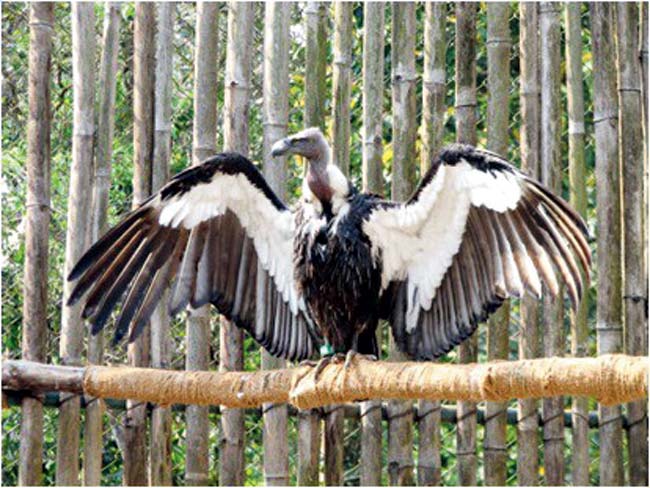A two-year-long survey conducted by the Bombay Natural History Society’s Indian Bird Conservation Network has helped identify seven new Important Bird Areas (IBA) in Maharashtra. These spots, some home to endemic species, others to flocks of migratory birds, are in urgent need of protection and government attention

When India’s foremost ornithologist Salim Ali conducted his groundbreaking bird surveys across several parts of the country in the 1930s, he had to rely on bullock carts and mules to take him to the hinterlands. Dr Raju Kasambe had it slightly easier. He was on a motorbike.
ADVERTISEMENT

Great Pied Hornbill
Kasambe, project manager, IBA programme, Bombay Natural History Society (BNHS), along with members of the Indian Bird Conservation Network (IBCN) has been scouring the state of Maharashtra for the past two years in a bid to identify new areas that need to be slotted as Important Bird Areas (IBAs). During his survey of the Hatnur dam, about 60 kms away from his accommodation, Kasambe managed to spot 32,000 birds, within just three days. The dam, located near Bhusawal in Jalgaon district, along with Amboli-Tillari, Chandoli, Mahendri, Pench, Phansad and Ujjani, has been identified as an IBA. The seven new IBAs have brought the state’s total count to 27.
A science to the system
“IBAs are identified according to standardised, globally accepted criteria. The idea is to recognise areas that are home to threatened species, restricted range species, biome-assemblages or congregatory species (mainly wetland birds),” explains Kasambe.

Malabar Trogon
The IBA programme, set up by the BNHS in 1998, is the first comprehensive study in which important bird sites have been identified for bird conservation in India on the basis of globally accepted criteria. The IBCN’s first set of findings was compiled into an exhaustive book, Important Bird Areas in India, in 2004. “That book has since become a valuable reference book for bird experts and amateur birdwatchers alike,” says Atul Sathe, manager-communications, BNHS. The BNHS’ latest publication, IBAs of Maharashtra written by Dr Raju Kasambe, Dr Asad Rahmani, Zafar-ul Islam and Jayant Wadatkar, is a result of the two-year surveys the members of the IBCN conducted and gives an in-depth account of the 27 IBAs in the state.

Ferruginous Duck
“The idea of publishing our findings is not limited to educating and inciting interest in the general public. We also aim to alert the government about these sites,” reveals Kasambe, adding that principal chief conservator of forests Sarjan Bhagat was present at the book launch in Nagpur on January 4. “Apart from identifying IBAs, the book also describes problems at the sites and offers recommendations on how they could be dealt with. This helps the visitors as well and the government to understand what needs to be done,” says Kasambe.
Attention and protection
“The state government has no scientific criteria for setting up national parks. They name sanctuaries and tiger reserves on a whim and are left befuddled when the tiger population goes down, as in Sariska. On the other hand, we have carefully identified IBAs following a scientific method put together by ornithologists across the globe,” asserts Kasambe. Aggrieved by the attention the government has been paying to tiger conservation Kasambe believes it is time to stop ignoring birds, some of which, such as the Great Indian Bustard, are in far greater threat of extinction than the striped feral cat.

White-backed vulture
Some of Maharashtra’s IBAs lie in already protected zones such as Pench or Tadoba, while the government is attempting to enlist others like Navegaon as a Ramsar site (which will give the wetlands international importance).
However, several others are yet to gain government protection. In fact, the Maharashtra State Tourism Department (MTDC) plans to build an amusement park and offer boat rides at Nashik district’s Gangapur Dam area, an IBA which sees thousands of migratory birds every year. “This is appalling and mustn’t be allowed to happen. Developmental projects are the biggest challenges faced by conservationists. Overgrazing is another problem in the grasslands.
Luckily, hunting and poaching isn’t as much of a challenge in Maharashtra,” opines Kasambe.

Nilgiri Wood Pigeon
Apart from Gangapur Dam, Kasambe identifies Sewri and Thane creek in Mumbai, home to more than one lakh birds, as being in need of attention. Ozar and Wani grasslands, he believes, ought to be allotted status of a sanctuary. Of the seven newly identified spots, four lie unprotected. “We have begun advocacy for a few of these sites. We have written letters to the concerned departments about Hatnur dam, Mahendri and Ujjani. At Hatnur, we are also working with a local organisation, helping them to follow up with the government,” offers the ornithologist, who believes that the Amboli-Tilari reserve forest ought to be turned into a sanctuary.
 Subscribe today by clicking the link and stay updated with the latest news!" Click here!
Subscribe today by clicking the link and stay updated with the latest news!" Click here!






